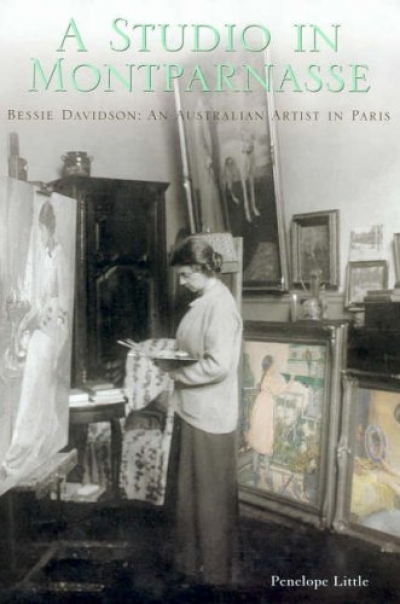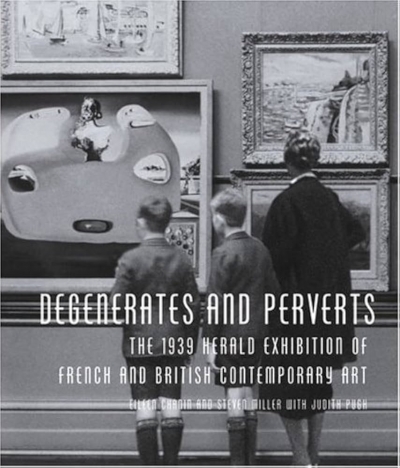Sarah Thomas
A Studio in Montparnasse: Bessie Davidson, an Australian artist in Paris by Penelope Little
by Sarah Thomas •
Encounters with Australian Modern Art by Christopher Heathcote, Patrick McCaughey and Sarah Thomas
by Daniel Thomas •
Carnival in Suburbua: The art of Howard Arkley by John Gregory
by Sarah Thomas •
Degenerates and Perverts: The 1939 herald exhibition of French and British contemporary art by Eileen Chanin and Steven Miller (with Judith Pugh)
by Sarah Thomas •




